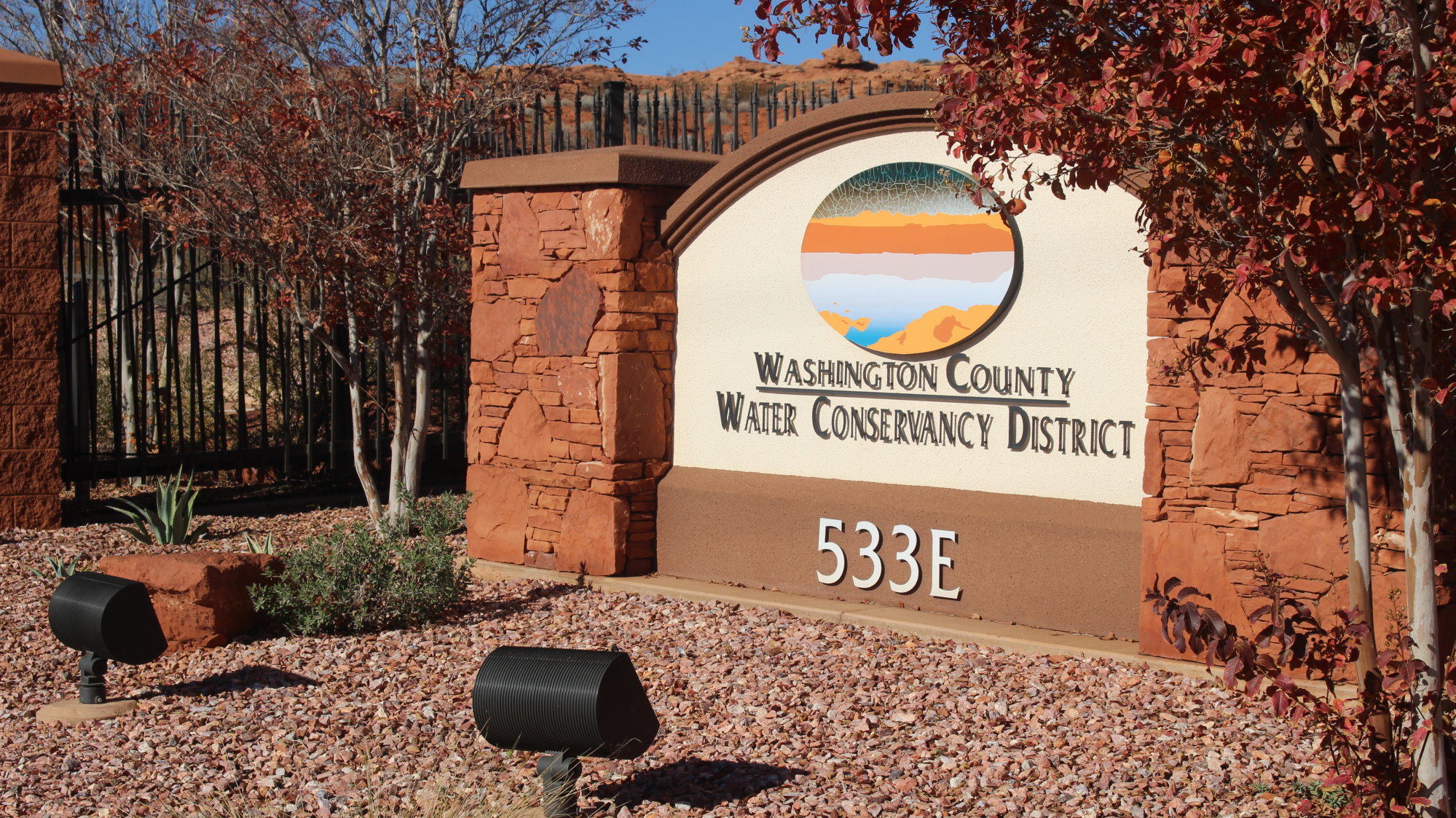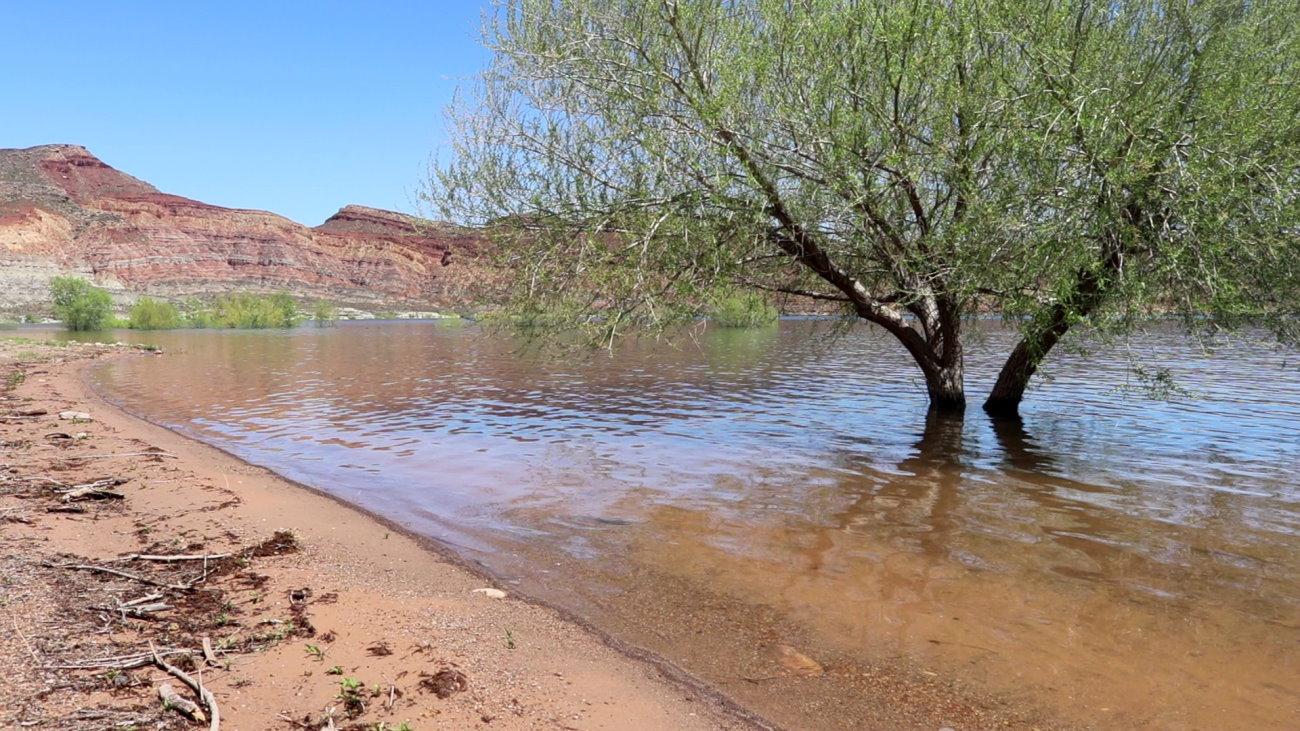
ST. GEORGE — Championed by state and local water planners and decried by conservation groups, the Lake Powell Pipeline project continues to be a focal point for discussion among Southern Utah residents.

As to the current status of the pipeline project, a public comment period connected to a permitting process overseen by the Federal Energy Regulatory Commission – more commonly known as FERC – recently concluded. That permitting process is moving on to an environmental study phase, said Ron Thompson, general manager of the Washington County Water Conservancy District.
Federal regulators
“Hopefully earlier than later, (federal regulators) will come out with a draft environmental impact statement,” Thompson told St. George News, adding that a potential draft statement could be released this fall.
“There will then be a chance for some comments, and sometime in 2020 there will be a final environmental impact statement, and it just depends how long it takes the agency to write up what they call a final record of decision,” he said. “We’re hoping it’s in late 2020 or early 2021.”
In late 2017, a question over which agencies had jurisdiction over facets of the pipeline project was raised by FERC. The agency announced it approved a permit for an environmental study to be done regarding the six proposed hydroelectric turbine facilities that would be a part of the pipeline, yet officials did not feel it had jurisdiction over other components of the project beyond that.

While the water district and Utah Division of Water Resources asked FERC to reconsider, the issue has since been resolved, with other federal agencies being brought in and consulted as it moves forward.
FERC nonetheless remains in charge of the project’s environmental impact study.
Read more: Federal agency rules it will not have sole oversight over Lake Powell Pipeline permitting
“We’re glad to have a ruling so we know who all the players are,” Thompson said in September 2018 when FERC clarified the jurisdiction issue. “This settles who does what and allows the environmental (study) process to move forward.”
Growth
The primary source of water in Washington County is currently the Virgin River basin. While it is believed that water from this source is enough to sustain the county at its current estimated population of 171,000, it won’t be enough to sustain the 500,000 projected for the county by 2065.
The Lake Powell Pipeline project is seen as a necessary addition to the county to help accommodate the anticipated growth, as well as supply a much-needed secondary source of water for the county, according to the Washington County Water Conservancy District.

In addition to the county’s permanent residents, there are also seasonal residents and overnight visitors. According to a recent study from the University of Utah’s Kem C. Gardner Center, the county’s peak temporary resident population is estimated at over 222,000.
“Twenty percent of our population comes in the winter, and we have six million tourists – all of those use water,” Thompson said. “This community is also fairly unique because it really is a regional hub. We have people who come from miles and miles away for shopping, for medical services, entertainment. So you have a lot of draw here.”
Washington County has also been blessed with an incredibly robust economy that a reliable supply of water helps sustain, Thompson added.
Read more: Southern Utah without Lake Powell Pipeline: Dried-up communities or booming like usual?
Counting water
Opponents of the Lake Powell Pipeline often refer to Washington County as one of the county’s worst water wasters.
Conservation groups such as Conserve Southwest Utah and the Utah Rivers Council claim that per capita water consumption in Washington County is as high as 325 gallons per day. This is considered a large amount when compared to other cities in the Southwest like Albuquerque, which consumes 127 gallons per capita daily.

County water officials have long disputed residents actually use that much water.
According to 2015 numbers released by the Utah Division of Water Resources, the actual number is closer to 143 gallons per capita per day for Washington County. Factoring in all potable water use, including second home, commercial, institutional and industrial use, the total is 230 per capita gallons per day.
The same report also showed that Washington County had conserved 1 billion gallons over a five year period.
Read more: Washington County has decreased water use by over 1 billion gallons, officials say
“If you’re a water district that’s tasked with providing a whole panorama of water for the community as a wholesaler, then we need to know every one of those factors…that we tack onto that overall per capita use,” Thompson said. “I think we’re headed in giving out that figure here shortly.”
There is also no uniformity in water use measurement from place to place, Thompson said. For example, in Clark County, Nevada, water officials look at a customer’s net meter water use minus the return flow back to Lake Mead. In Utah, officials look at the gross metering involved in every use and put it all together in an equivalent residential unit.
So when compared to other communities, Washington County is going to look higher than others, Thompson said.
“When you start getting underneath the numbers and look at water we’re really using inside our residences and using outside, we’re doing much better than people give us credit for,” he said.
The 140-mile, 70-inch diameter Lake Powell Pipeline will run from Lake Powell to the Sand Hollow Reservoir with a projected route that will snake across the Utah and Arizona border over public and private land, and carry around 77 million gallons a day to 13 communities in Kane and Washington counties.
Preliminary cost to build the pipeline is estimated between $1.2 and $1.8 billion, though project opponents claim it may be closer to $3 billion.
Email: [email protected]
Twitter: @MoriKessler
Copyright St. George News, SaintGeorgeUtah.com LLC, 2019, all rights reserved.